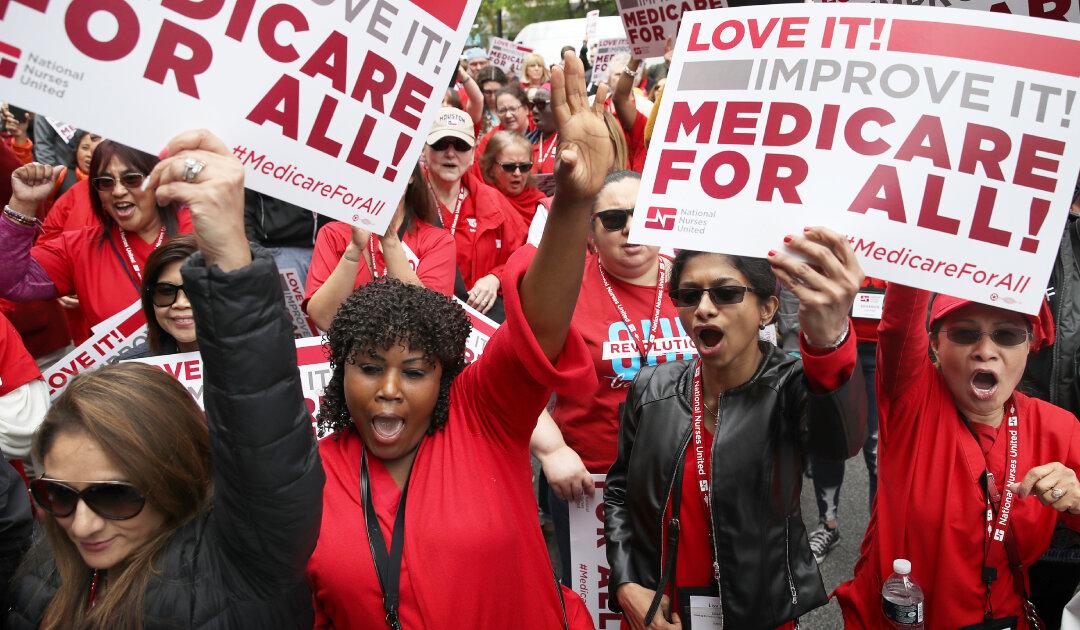Commentary
Medicare for All is one of the major topics being discussed this election cycle, particularly by Democratic presidential hopefuls.

Medicare for All is one of the major topics being discussed this election cycle, particularly by Democratic presidential hopefuls.